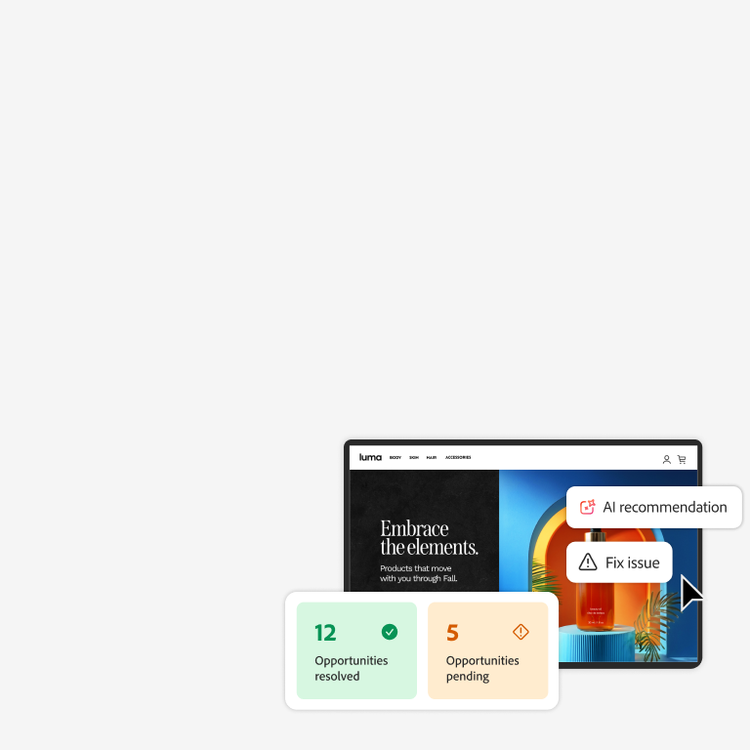Adobe for Business Blog
Elevate your marketing game with our enterprise-level expertise and insights. Stay informed, find inspiration and surpass your marketing goals.
Explore featured posts on trending topics
Content as a Service v3 - featured-blogs - Tuesday, 18 March 2025 at 11.11
Explore all Adobe for Business blogs
Content as a Service v3 - All blogs - Friday, August 1, 2025 at 17:35 (no-lazy)
